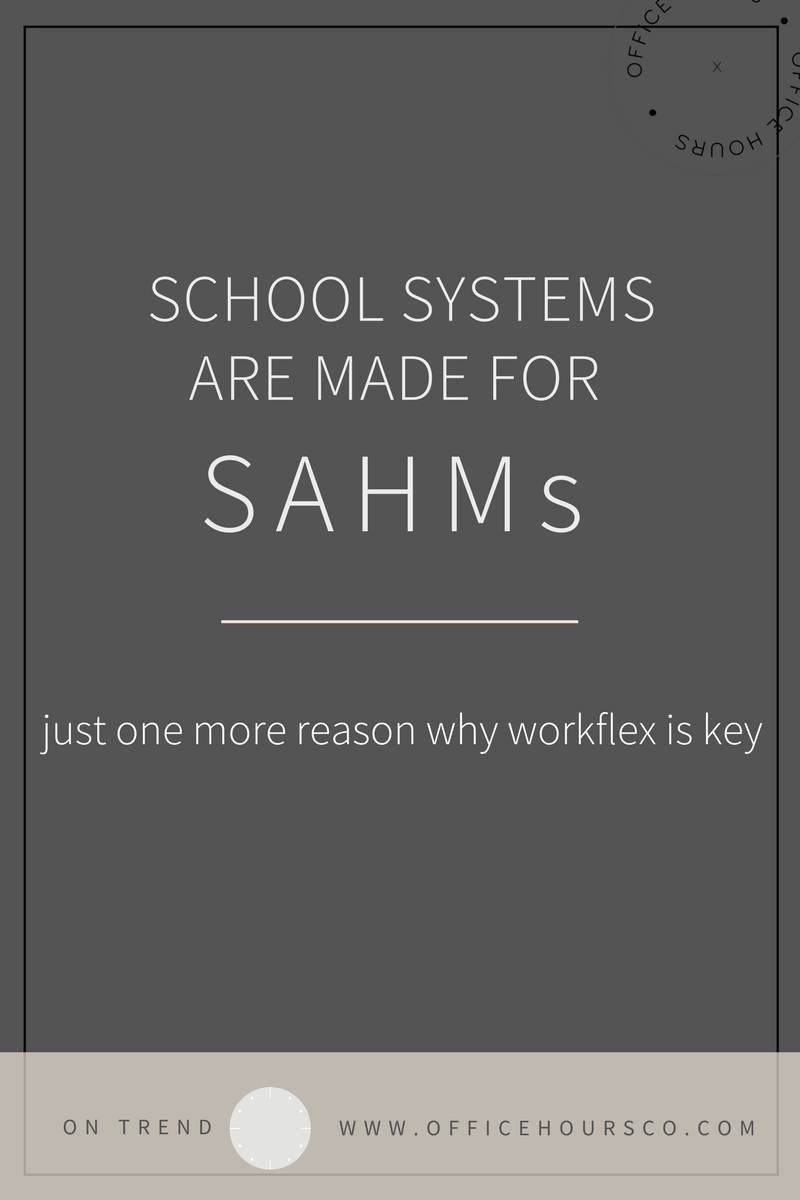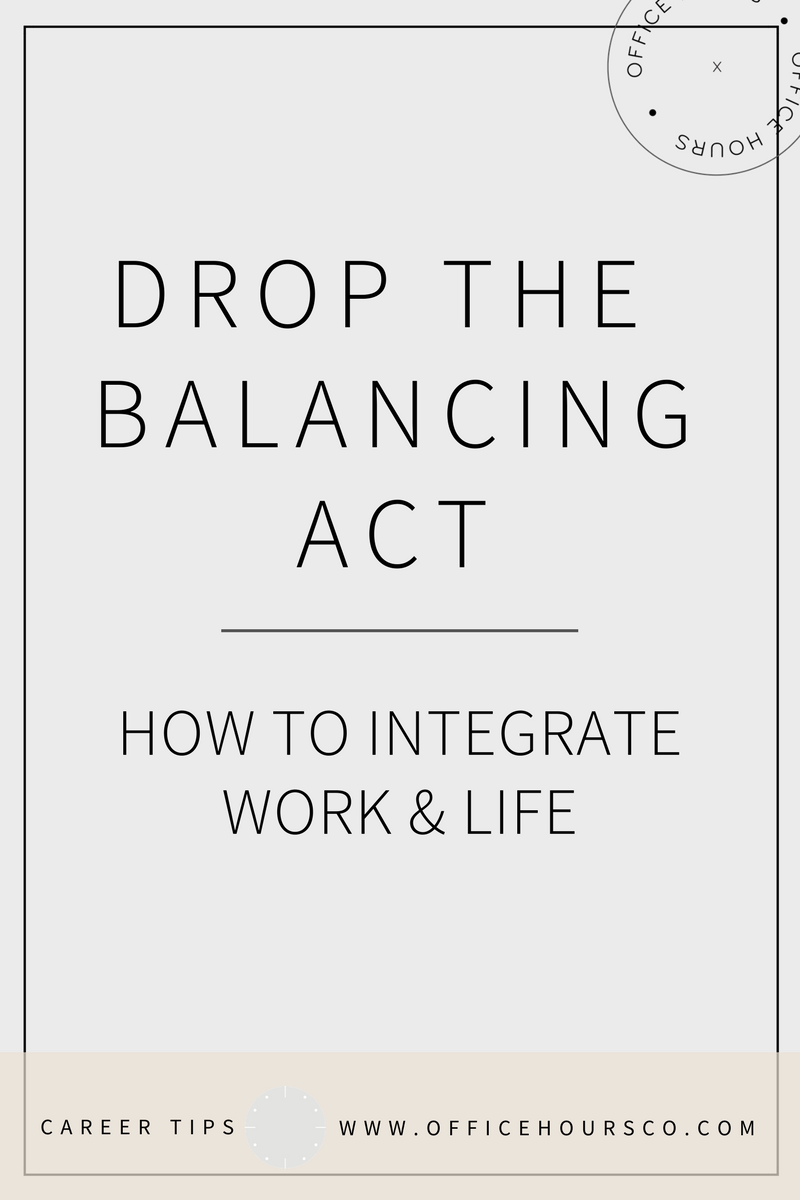
Public, private, parochial, charter, alternative. For all the ways that schools throughout the country vary in funding, enrollment, and academic standards, one factor unites them all: the school day timeframe.
School day start times typically range between 7 and 9 a.m., with the last class ending anywhere from 2 to 4 p.m. No matter what your children’s exact schedules are, students spend an average of seven hours in school from bell to bell. And much to working parents’ frustration, these school hours rarely — if ever — align with the standard office work day. Parents are then left scrambling to figure out how to coordinate their work and their children’s school schedules so that every responsibility is fulfilled and everyone’s needs are met. And that can be a tough pill to swallow.
Here are just five ways that office hours and the school day conflict:
1. Extracurriculars begin before working hours end.
The timing of school-sponsored extracurriculars depends primarily on the age of the children involved — elementary, middle, or high school — and whether the activity is a practice or a more summative event, such as a game or performance.
While performances, especially those of older students, tend to occur later in the evening, practices and events for younger children are most likely to take place shortly after the school day ends. Practices usually don’t require parent involvement, but any performance that begins before you can clock out of the office puts parents in a tight spot. Sports games, music concerts, academic competitions, and all similar after-school events — again, particularly for elementary and middle school students — are usually scheduled soon after the final bell rings. Unless your job allows for flex-time or you can take off early, you probably end up arriving late to your child’s performance or missing out altogether, much to your and their disappointment.
2. Meetings with teachers or administrators are scheduled during working hours.
Less frequent but more major school events that are generally district-wide, like parent-teacher conferences, tend to be scheduled months in advance and take place in the evening, post-working hours. Meetings called by a teacher or administrator about a specific issue that has arisen with a child, on the other hand, happen more often, and are set during the school day.
Your son’s math teacher asks you to come in during his mid-morning planning period to discuss your son’s slipping grade. The principal calls to schedule a 3:30 p.m. meeting regarding your daughter’s recent run of misbehavior. It makes sense why these gatherings would occur during or shortly before or after the school day. After all, teachers have many students and families to deal with, and many faculty and staff members are parents themselves who have obligations with their own children outside of school hours. However, parents who work the common 9-to-5 are stuck with professional commitments pitted against their children’s best interests and are pressured to make sacrifices in one area or the other.
3. Most parent volunteer opportunities happen during school hours.
As schools are driven to eliminate or disincentivize aide and paraprofessional positions, faculty and staff seek volunteers to assist with tasks throughout the building. From sorting mail into teachers’ boxes to supervising the rowdy lunch hour to lending a hand with classroom projects, volunteer opportunities abound.
The most obvious candidates for these roles would be parents, since they have the most vested interest in the school’s inner workings. Though many parents would like to be involved in some way to enhance their child’s experience and the school overall, the bulk of opportunities to do so are available during school hours only. Unfortunately, parents whose jobs conflict with the school day timeframe are left with limited volunteer options or are completely out of the running.
4. Budget cuts in school services force increased parental engagement at home.
In addition to the downsizing of lesser-trained positions, many schools have given the ax to specialized programs and their corresponding faculty, including art, music, and academic intervention, in order to stay within the limits of decreased budgets. By removing these programs from their curricula, schools pass to parents the onus of providing such opportunities for their students.
We all know how rewarding music, art, and core subject support are, not to mention how enjoyable they are to children. Therefore, you can bet that parents and children alike will insist on finding alternative venues for trumpet tooting, portrait painting, and reading reinforcement. Whether through non-school organizations, private lessons, or home learning, parents become responsible for arranging special activities outside of school hours. And sadly — you guessed it — the traditional office work schedule restricts your availability to facilitate these pursuits for your children.
The message is clear — the school and work days simply do not jive. Before you draft a petition for drastic changes, though, consider that the school day is not structured arbitrarily or solely to make your life harder. Logical, non-negotiable reasons support how schools configure their schedules, and it is time to acknowledge the reality that your work schedule must be the accommodating one in the relationship. In order to reconcile these two seemingly incompatible forces, rethink the way you work and make it work for you — for your kids, for their school schedules, for your life as a whole. You can’t change institutions, including school, but you cantry to achieve career flexibility in order harmoniously integrate all your life’s pieces.
I decided to step out of the traditional office setting in favor of a flexible schedule when my daughter entered the picture in order to fulfill the both roles of professional and mom. Check out my e-guide, “Reimagining Office Hours — Breaking Free from the 9-5,” to learn how to continue working successfully by achieving and owning a flexible work arrangement, simultaneously satisfying the desires of maintaining a career, and being as present as possible for your children.
The full version of this article originally appeared on fairygodboss.com.








